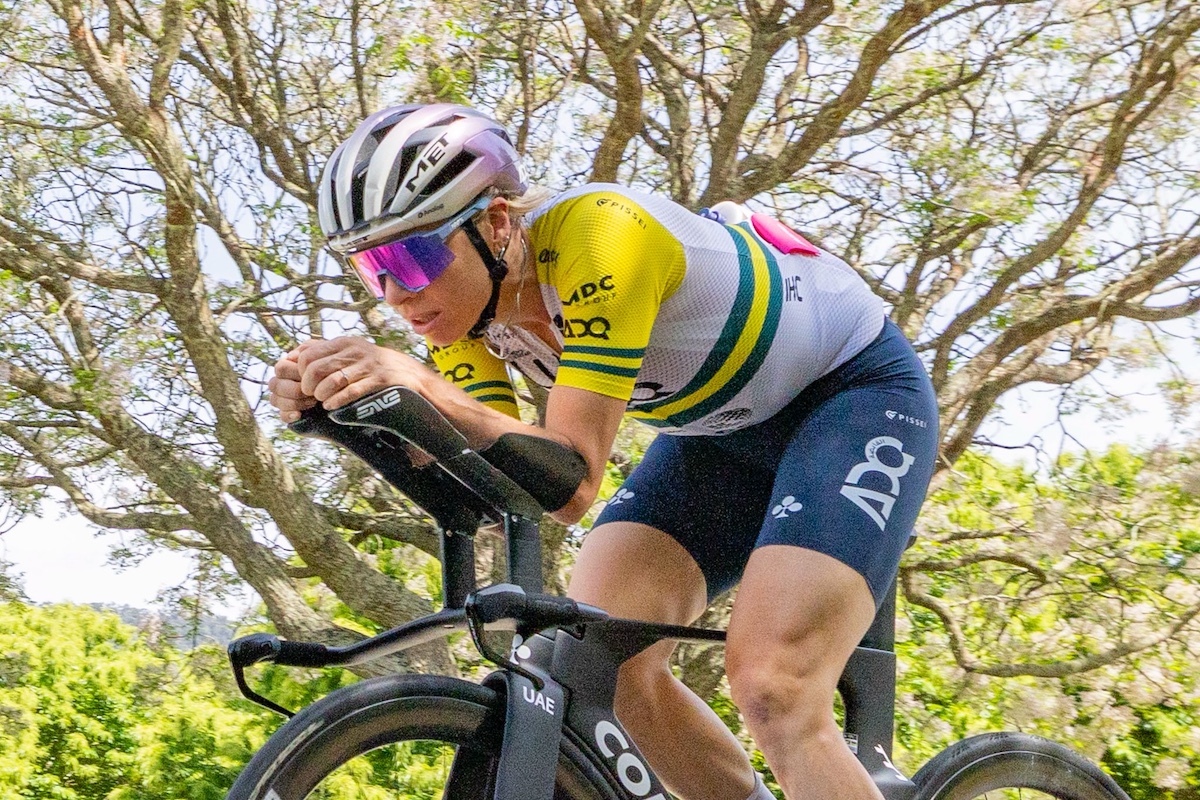David Millar outlines 'How to Get Away With Doping' in New York Times essay
Former professional lifts the lid on TUE culture
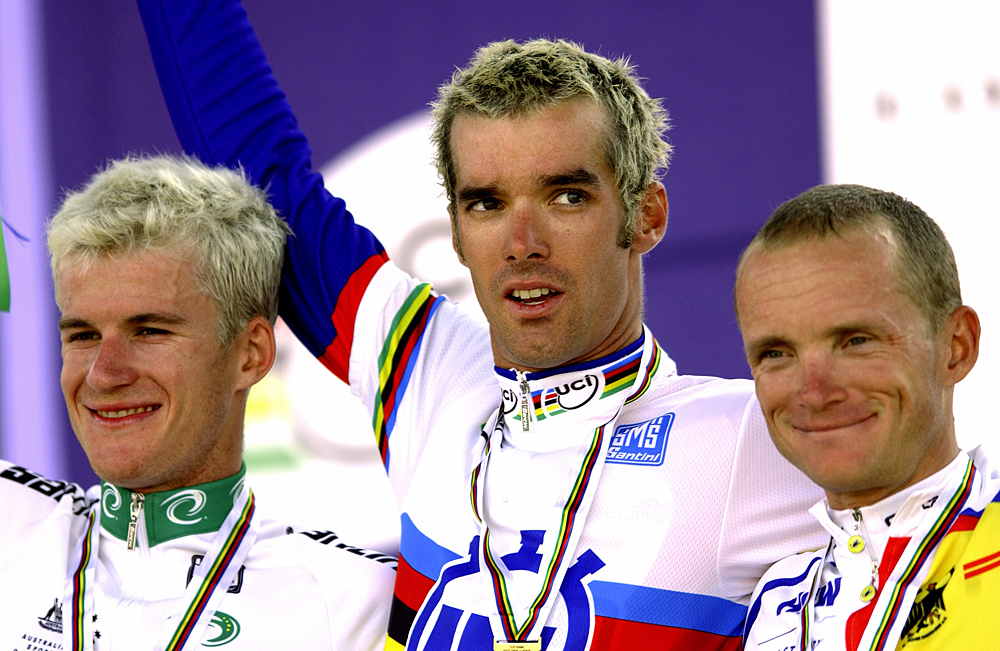
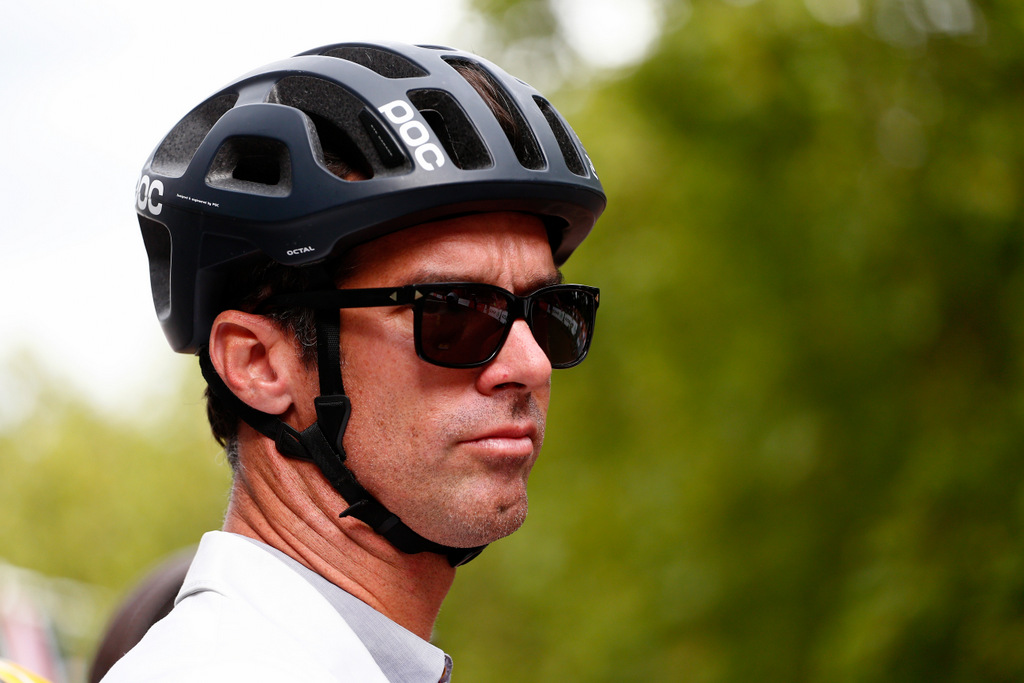

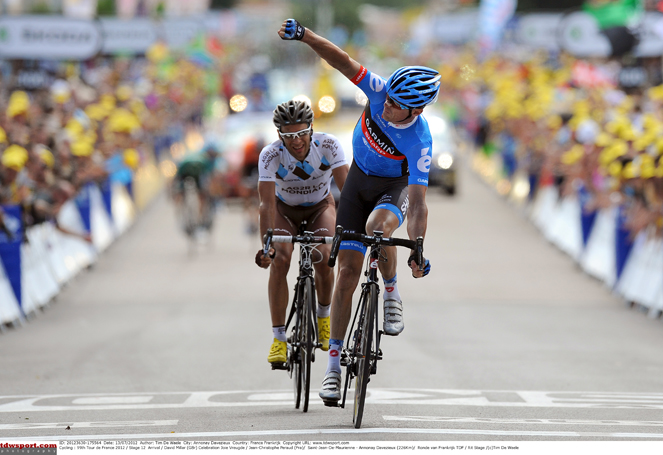
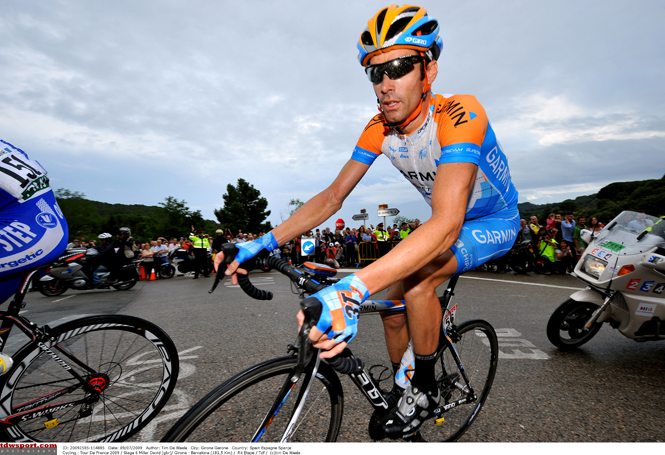
In a revealing opinion piece published in the New York Times titled 'How to get away with doping', former professional David Millar has provided a detailed account of his personal use of Therapeutic Use Exemptions (TUEs) during his career, including the powerful effect of Kenacort, and how WADA and the UCI "have failed in their oversight of the list of drugs available with a T.U.E. and in their administration of the application process."
In 2004, Millar was arrested by French police and under questioning would confess to using EPO in 2001, and 2003. In August 2004, he was handed a two-year ban from the sport, stripped of his 2003 individual time trial world title and was fired by his Cofidis team. Millar, now 39, returned to racing in 2006 with Saunier Duval–Prodir but would leave the team at the end of 2007 season to join the newly created Slipstream–Chipotle outfit. The American team and its owner Jonathan Vaughters stressed a strong anti-doping stance with Millar becoming a spokesman for 'clean cycling'
"I served a two-year ban. My life was in ruins, but I felt relieved — at least I was free of all the deception and disgust. When I returned to the sport, I was determined to do everything in my power to prevent the next generation of riders having to make the decisions I'd made. Telling my story is my way of helping to prevent other athletes' careers being poisoned as mine was," writes Millar in the New York Times article.
Millar also writes that while be believes the "the biggest races are today being won by clean riders", the Fancy Bears hack of WADA and release of TUEs for athletes such as Team Sky's Tour de France winners Bradley Wiggins and Chris Froome "has opened the world's eyes to a disturbingly gray area in sporting law: the therapeutic use exemption", and shown the "system is open to abuse".
Team Sky, Wiggins and British Cycling have been weathering a storm of criticism and controversy since the August leaks with UK Anti-Doping (UKAD) opening an investigation into multiple allegations of wrongdoing in the sport. This month, UKAD also confirmed that it has been pushing for the last three-years to introduce a blanket ban of the drug used by Wiggins – triamcinolone acetonide – and other such glucocorticoids.
Read more on this story
- Pursuit of Tour de France glory costs Team Sky their idealism
- Zorzoli on the TUE grey area, McQuaid calls out 'Team Sky's hypocrisy'
- The Sound of Silence: Brailsford, Sky and the questions still to be answered
- Wiggins says he didn't take triamcinolone to gain an unfair advantage
- Tom Dumoulin says Wiggins' TUE case stinks
- Brailsford insists Team Sky is '100 per cent a clean operation'
- Worlds coverage and Team Sky under the spotlight in latest Cyclingnews Podcast
Millar has previously spoken of his Kenacort use when riding and called for it to be banned earlier this month. In his New York Times article, Millar expands on his use of the corticoid for a medical condition, then performance enhancing reasons.
The latest race content, interviews, features, reviews and expert buying guides, direct to your inbox!
"The Kenacort was so powerful that it was ultimately destructive: Apart from being a catabolic agent, it would also suppress your immune system, making you more susceptible to infections," he wrote. "I didn't like taking it, but I was so deep into what I was doing at the time that I did what I considered had to be done. Still, I took it only twice after 2001: for the 2002 Vuelta a España and the 2003 Tour de France. Both were big targets, as, for the first time, I was aiming for a high placing in the overall classification, and this required me to be lighter and stronger than ever before. Both times, I took an initial 20 to 40 milligram dose, and then topped up with 10 to 20 milligrams about 10 days later, in order to prolong the effects into the final week of the three-week stage race and to avoid too rapid a descent off it.
"Kenacort was a once-a-year drug; the stress it put on your body required time to recover. You'd be mad to take it more often or in bigger doses, although, sadly, there were enough madmen around at the time in pro cycling who surely did just that.
"I was taking this powerful, potentially dangerous drug as a performance enhancer, yet I was doing so within the rules — thanks to the T.U.E. loophole."
Millar goes on to write of how the doping culture in cycling has changed since the early 2000s with clean riders 'winning the biggest races' but with little change in the abuse of TUEs.
"And yet there has been an elephant in the room during this period of transition: the T.U.E. culture. The World Anti-Doping Agency, and the international governing body of cycling, the U.C.I., have failed in their oversight of the list of drugs available with a T.U.E. and in their administration of the application process," he writes.
"For an athlete's own well-being, it is better to face the fact of sickness or injury and withdraw from competition. And for the sport's well-being, it is better to avoid a system open to abuse and exploitation."

